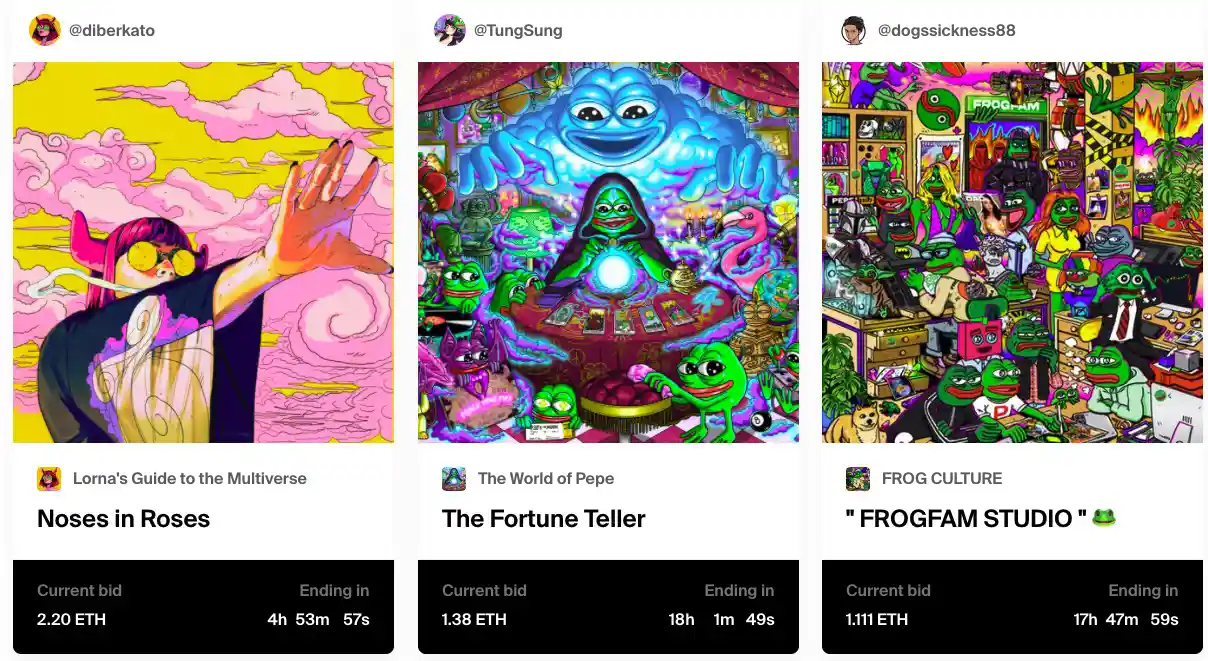When it comes to decentralized blockchain technology, there are two separate terms that have become integral to the ongoing success of this technology, which include NFT and cryptocurrency. While cryptocurrencies have been popular for well over a decade, the first non-fungible token was only developed in 2014.
Since then, these tokens have become increasingly popular among investors, artists, and many different types of people who are interested in Web 3.0. While you can trade one cryptocurrency for another, the same isn’t true with non-fungible tokens. If you’re interested in blockchain technology and all that it entails, you should know what a non-fungible token is.
What Are NFTs?
If you’re wondering what a non-fungible token is, this refers to a digital item that’s unable to be replaced with another item, which makes it wholly unique. Because of the unique aspect of non-fungible tokens, many artists have already begun to use these tokens for the artwork they create.
Keep in mind that all non-fungible tokens are stored with blockchain technology and are fully verified. Consider these tokens to be digital collectibles. You can find out more about non-fungible tokens and blockchain at https://authena.io/nft-blockchain/.
To better understand what non-fungible tokens are and how they differ from cryptocurrencies, you should first know that all cryptocurrencies are fungible. If you have a single Ethereum token, this token is considered to be fungible since it is valued at the same price as an Ethereum token that’s held by someone else. In comparison, a non-fungible token of an artwork or plane ticket is 100% unique and won’t have the exact same value as another non-fungible token.
Why Are Non-fungible Tokens Important?
Knowing what a non-fungible token is may not be enough to truly understand how important these tokens are across many different industries and professions. When looking specifically at collectible art projects, all royalties from the project are programmed directly into a smart contract. In general, these royalties are usually situated at 10-12%.
Whenever a non-fungible token is sold, a small percentage of this token is sent to the creator’s wallet, which ensures that the creator is always linked to the project they’ve developed. This link is referred to as provenance and is one of the main reasons why many token creators believe these digital items to be the future.
While non-fungible tokens are highly important for the original creator of the token, they are also beneficial for the collector. The digital provenance of this token means that collectors who have needed to rely on intuition or authenticity experts to identify if artwork is real will no longer need to go through this extra step. Since a record of the non-fungible token is kept on the blockchain, authenticity of the token can be verified forever. If ever a copy of this token is made, it takes only a minute or two to find out that the item is fake.
Along with ensuring authenticity, another key reason why non-fungible tokens are so important is because creators have the ability to provide other individuals or entities with complete commercial licensing rights of their non-fungible tokens. As such, creators have the ability to bring in even more income from the tokens they develop.
Possible Real Use Cases
At the moment, the most common use cases for non-fungible tokens include art and gaming. Artists are able to mint non-fungible tokens that represent a single piece of art that they’ve created. These artists will then get royalties from any sales that occur. When looking specifically at gaming, non-fungible tokens may be used to provide ownership of in-game items that are unable to be duplicated.
As mentioned earlier, non-fungible tokens can be used as certificates of ownership and authenticity. Since the purchase of this token is tied into a smart contract that’s situated on the blockchain, NFT owners will always have proof of ownership. Keep in mind that these tokens can also be used to engage customers, which can come in the form of digital memorabilia or tokens for event attendance. Other use cases for non-fungible tokens include:
- Exclusive content
- Events
- Pre-sale certificates
- Authenticity of a physical twin
What Is a Physical Twin?
Cryptocurrencies and physical money are considered to be fungible. However, the same can be true for non-fungible tokens. Physical tokens are ones that represent a real-work artwork. These tokens are considered to be physical twins of their real-world counterparts, which links them together when a sale occurs. While it’s possible for a token and the piece of art to be sold separately, these tokens are regularly used to redeem the physical object. Since each token is unique, there’s no risk that someone else will claim the piece of art.
If you’re interested in these types of tokens, keep in mind that the token isn’t always traded with the physical asset. Tracking the token and real-world artwork at the same time is very challenging, which is why it’s highly recommended that you obtain Authena M3TATM, which is the only piece of technology that can effectively link a token with its real-world twin.
Now that you understand why non-fungible tokens are important and how they can be used in the real world, you may be ready to create or invest in these tokens.


























